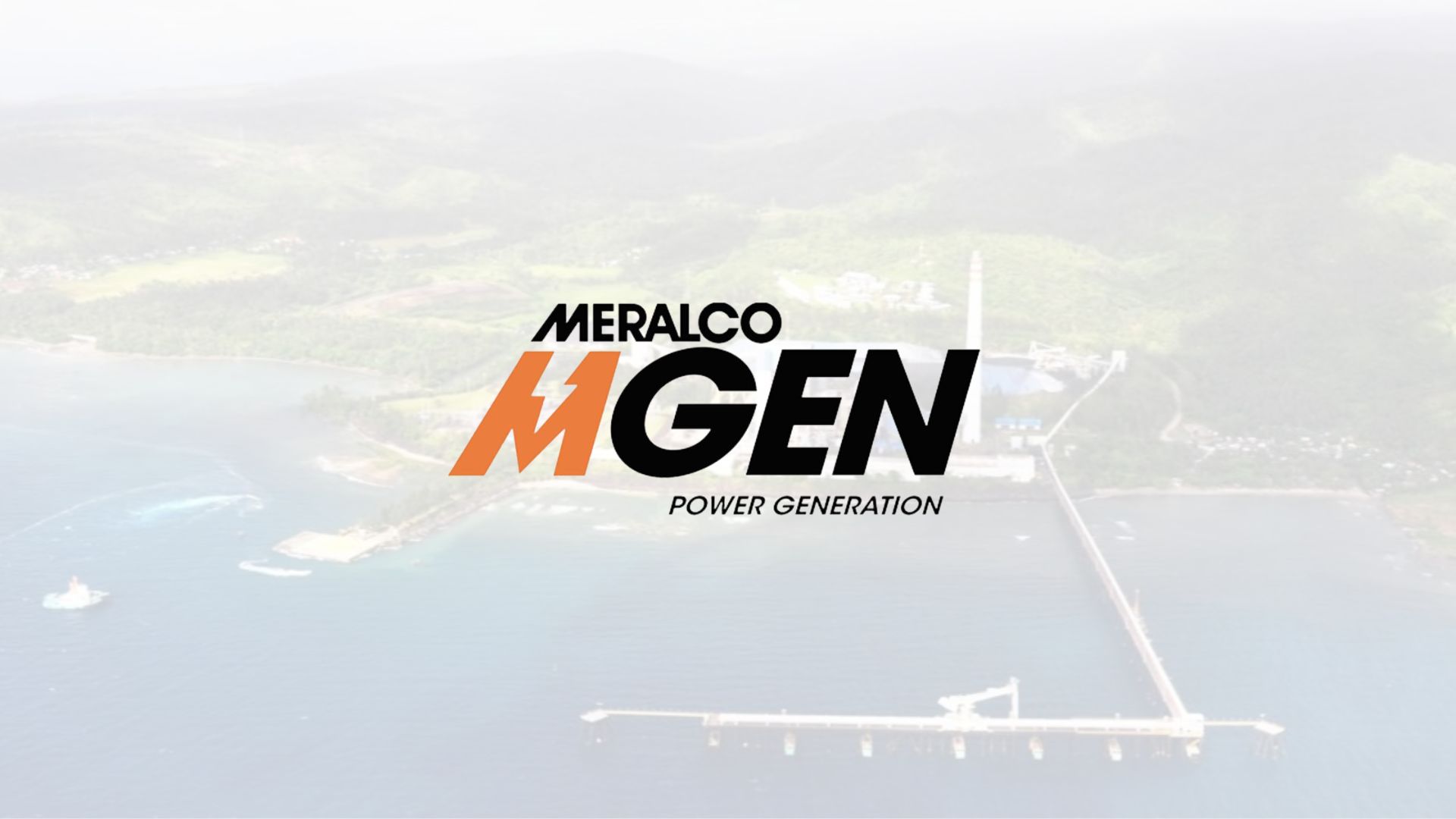MGEN eyes DOE nod to rejoin Atimonan project
- September 10, 2024
- 0

MERALCO PowerGen Corporation (MGen), is pursuing certification from the Department of Energy (DOE) as it plans to resume its involvement in coal energy through the 1,200-megawatt (MW) Atimonan power plant, which will utilize ultra-supercritical (USC) technology.
In a report by Manila Bulletin, MGen President and CEO Emmanuel V. Rubio said that the company is setting its sights on a DOE certification that would place it outside the existing moratorium, referring to the 2020 policy halting new coal plant installations.
The coal moratorium exempts projects that had already started or made significant progress before the policy took effect.
Additionally, MERALCO Chairman Manuel V. Pangilinan said that the company intends to push through with coal-fired generation for the Atimonan plant, instead of converting it into a liquefied natural gas (LNG) facility as was earlier considered.
Pangilinan emphasized that the current inclination is to maintain the coal blueprint, given that the project is already permitted and licensed to operate as a USC coal plant.
The ultra-supercritical technology is considered more efficient, burning less coal and producing lower emissions than traditional coal-fired plants.
Pangilinan added that, after careful evaluation, coal remained the most feasible option. Switching to gas would require additional facilities such as an import terminal and regas infrastructure, which would raise consumer costs while also reducing the plant’s projected capacity below 1,200 MW.
He noted that the Atimonan site might not be ideal for a gas complex, reinforcing their decision to stay with coal.
Rubio, meanwhile, clarified that despite earlier discussions of transitioning the project to gas, it remains classified as a ‘committed’ coal facility in DOE’s project registry, placing it outside the moratorium.
Rubio also mentioned that MGen has already secured an Environmental Compliance Certificate (ECC) for the Atimonan project, and the next steps include obtaining a system impact study (SIS) from the National Grid Corporation of the Philippines (NGCP) and completing the engineering phase.